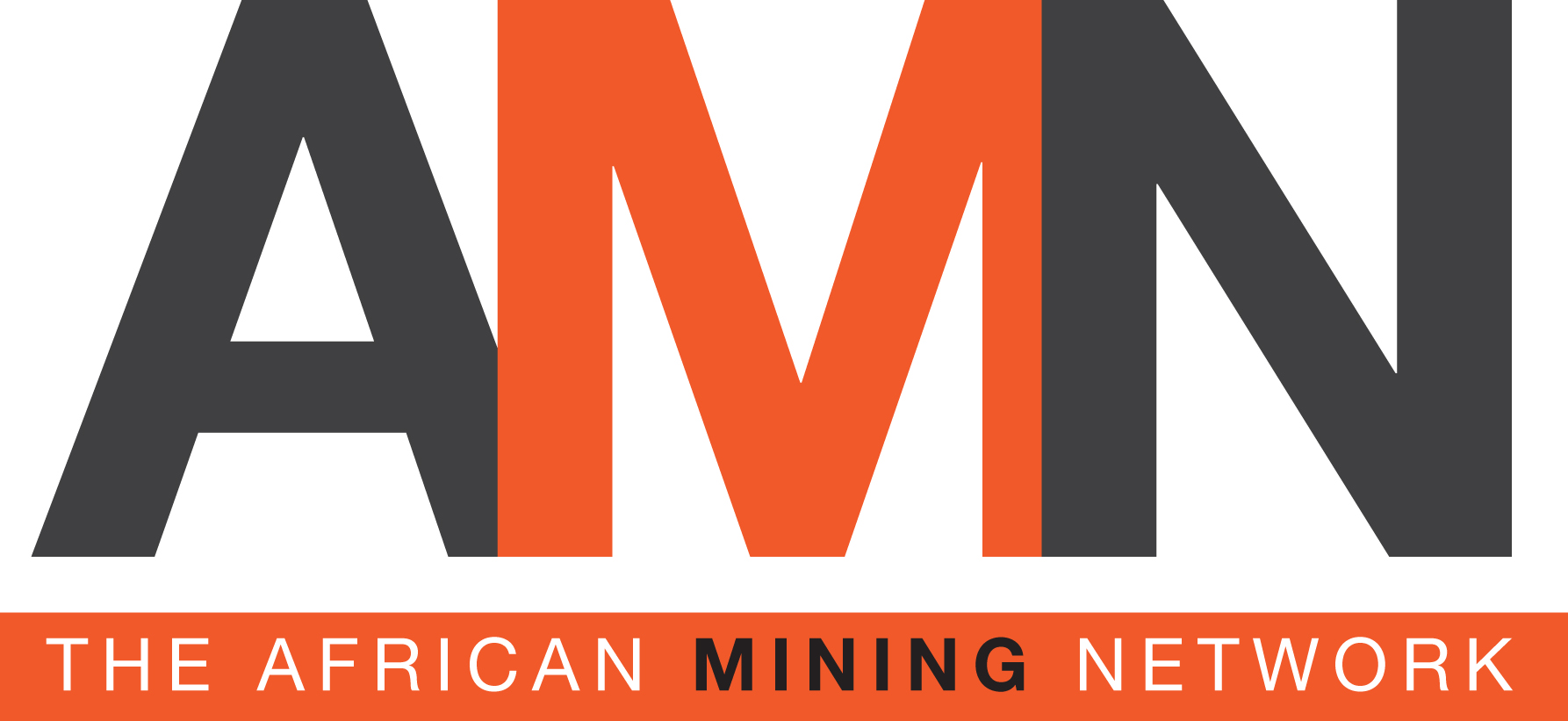- Yolanda Torrisi
- +61 412 261 870
- yolanda@yolandatorrisi.com
- Nina van Wyk
- +27 82 926 3882
- nina@africanminingnetwork.com
![]()
Gold production statistics from Ghana in 2017 fly in the face of claims that the government’s interest in mining operations are virtually useless. The country’s gold miners produced 2.81 million ounces in 2017, an 11% increase from 2016 while receipts mobilised by the Ghana Revenue Authority (GRA) increased 31% year-on-year to GH¢2.16 billion.
The statistics put forward by the Ghana Chamber of Mines throw cold water on claims made by Vice President Dr Mahamudu Bawumia, who said he was upset at the perceived lack of cooperation from mining companies during a recent meeting with officials of the IMF and stakeholders in the extractive industry.
He also claimed that mining companies operating in the country have since 2012 refused to pay dividends to governments. The VP made these statements to add weight to the government’s review of mining laws in Ghana.
“Ghana as in many countries in the mining sector, for example, has a carried interest of about 10%, he said. “Out of this carried interest, the expectation is that Ghana would receive dividend for this carried interest in our mines. When we look at the data, however, we see a matrix of zeros as far as the dividends that Ghana earns from this carried interest from 2012 is concerned.”
The gold statistics played a role in the minerals and mining sector retaining its position in 2017 as the foremost source of direct domestic revenue mobilised by the GRA.
Corporate income tax receipts increased from GH¢696.9 million in 2016 to 969.6 million in 2017 while mineral royalty revenue grew from 550.7 million to 702.4 million over the same period. Furthermore, employee income tax increased by 22%.
The country realised GH¢487.9 million in 2017 as compared to 399.9 million in 2016.
Regarding the share of total direct domestic revenues collected by GRA, the mining and quarrying sector accounted for 16.3% of those revenues in 2017.
Ghana is Africa's second largest gold producer after South Africa. Mining firms operating in the country include Newmont Mining Corporation, Gold Fields, AngloGold Ashanti and Asanko Gold.
The growth reflected a general increase in output across most of the 12 mining firms operating in the West African country.
A Chamber of Mines' report indicated that the mining sector's strong fiscal performance is partly due to a combination of growth in production of large-scale producers and increases in gold prices.
Chamber president Kwame Addo-Kufuor said the gold production statistics alone confirmed the mining sector's position as the foremost source of direct domestic revenue to the GRA.
He encouraged local entrepreneurs to increase their participation in the value chain and said this was important considering the fact that the companies spent US$1.23 billion on goods and services from suppliers and manufacturers. This represented 34% of the mineral revenue they made for the year.
The chamber also reported that manganese production in 2017 increased to 3 million tonnes for 2 million in 2016 but that diamond production declined to 86,924 carats from 143,000 carats the previous year.
These statistics need to be considered by the government during its review process and the mining industry’s contribution to the economy needs to be encouraged rather than spurned.
Yolanda Torrisi is Chairperson of The African Mining Network and comments on African mining issues and the growing global interest in the continent. Contact:yolanda@yolandatorrisi.com

